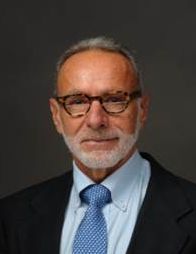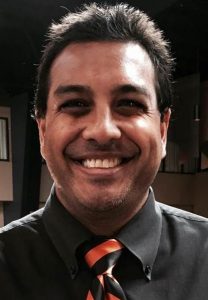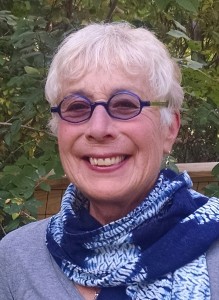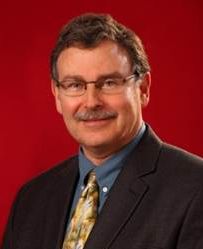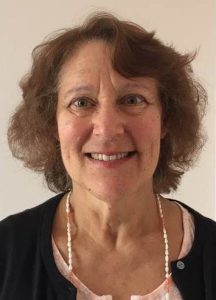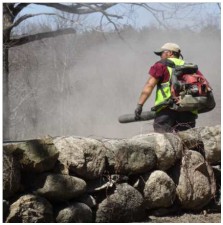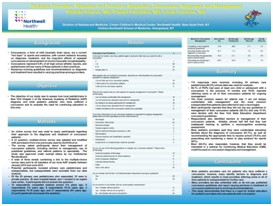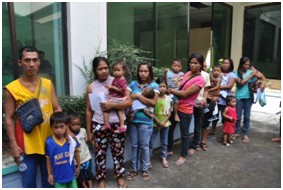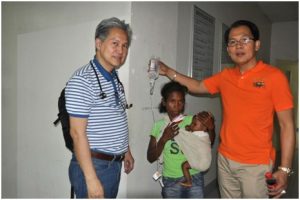“The future isn’t what it used to be.”
—Yogi Berra
Medicine is a noble profession; it is a human service profession, the goals of which are to support and enhance health, cure disease and infirmity, and comfort the afflicted. However, numerous factors have affected how medicine is taught and practiced in the 21st century. Medicine has moved from a cottage industry to a massive medical industrial complex that constitutes an ever-increasing percentage of all economic activity in the United States.1 The pharmaceutical industry has created markets through direct-to-consumer advertising, and it seems that both physicians and patients have come to consider drugs central to patient-physician encounters. In my experience, patients have become consumers who have high expectations for miraculous outcomes, and attorneys are ubiquitous and willing to explore potential malpractice in almost any situation where the clinical outcome was disappointing to the patient. Meanwhile, at the earliest steps of a medical career, education is long and expensive, leaving most young physicians in 6-digit debt by the time they graduate.2,3 These economic realities impact young physicians’ career paths.2
I have worked as a medical educator for more than 35 years, and I see very clear changes in who physicians are, what they know and value, and how they are educated and practice medicine. I have found that the possession of scientific knowledge has been elevated to a place of supremacy in discriminating a superior physician from an average one and has, in my opinion, wrongly become the emphasis of what we want and need in our students. Cognitive information-based diagnostic and therapeutic approaches are important, but physicians may be losing sight of the humans who are experiencing the symptoms. It is Sir William Osler who has been credited with saying, “It is more important to know what kind of patient has the disease than what kind of disease the patient has.” Perhaps in the 1800s that was true. Today, a balance seems more tenable. Physicians must develop scientific knowledge to serve their patients’ best interests, and although knowledge and diagnostic acumen are necessary, they are insufficient qualities in excellent physicians.
Our current love affair with evidence-based medicine deifies data and minimizes the importance of relationship-based care, as well as ignores the reality that medical scientific information is merely a click away. I have witnessed faculty clamor for more didactic time to essentially “fill the bucket” of medical students’ brains. Meanwhile, I watch students move quickly from lecture to lecture, focusing on acquiring knowledge and passing written examinations. I fear this misplaced emphasis will neither foster lifelong learning nor develop the ethics and values so critical to physicians. As Albert Einstein was attributed with saying, “Not all that counts can be counted, and not all that can be counted counts.”
As physical examination skills fade into history, physicians become more dependent on high-cost, high-technology laboratory imaging and procedures to diagnose diseases and heal patients. Yet, in my years of experience, a thoughtful conversation with a patient coupled with a skilled examination may both diagnose and heal in a cost-effective manner that is satisfying to both the patient and the physician.
Where does one learn the art of speaking with patients and using clinical examination skills? I believe that senior physicians mentoring junior physicians through an ongoing relationship-based process models what the patient-physician relationship can be and serves as a vehicle to transmit our dying art.
Perhaps some of today’s medical students do not want an ongoing relationship with their patients; perhaps they simply want to develop a technical skill that is marketable, helps people, and affords them a nice lifestyle. Perhaps some medical students want to practice the calling of longitudinal humanist care. How will they know and decide what kind of physician they want or do not want to be? Third-year medical students are asked to create their fourth-year curriculum, which sets the trajectory for graduate medical education, before they experience enough clinical rotations to have a clear sense of personal direction. Perhaps medical schools should provide some combination of workshops, guidance counseling, and personality inventory in the first and second years to help medical students clarify their visions and values as they prepare to make choices that will have enduring significance.
The number of options available to medical school graduates boggles the mind—from administration to roles that involve technologically probing the body in so many ways, from medical physics and surgery to neuro-ophthalmology and, oh yes, primary care. For those who are drawn to providing compassionate and ongoing care for humans, I hope there will always be a place. I hope that the changes in the culture of medicine in our society never replace the patient-centered physician.
References
- The Effect of Health Care Cost Growth on the U.S. Economy. Washington, DC: US Dept of Health and Human Services; 2008. http://aspe.hhs.gov/health/reports/08/healthcarecost/report.pdf. Accessed February 4, 2013.
- Research Department American Association of Colleges of Osteopathic Medicine. AACOM 2011-12 Academic Year Survey of Graduating Seniors Summary Report. Chevy Chase, MD: American Association of Colleges of Osteopathic Medicine; 2012. http://www.aacom.org/data/classsurveys/Documents/AACOM%202011-12%20Graduating%20Seniors%20Survey%20Summary%20Report.pdf. Accessed February 4, 2013.
- Medical Student Education: Debt, Costs, and Loan Repayment Fact Card. Washington, DC: Association of American Medical Colleges; October 2012. https://www.aamc.org/download/152968/data/debtfactcard.pdf. Accessed February 4, 2013.
(Dr. Ron Marino, DO, MPH, FAAP is a pediatrician and Associate Chairman and Director of General Pediatrics at NYU Winthrop Hospital. He is co-chairman of the Yoga and Meditation Committee of the New York State (District II), Chapter 2 (Long Island) of the American Academy of Pediatrics.)

